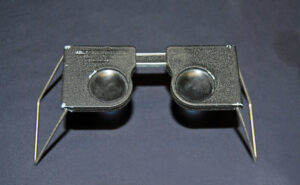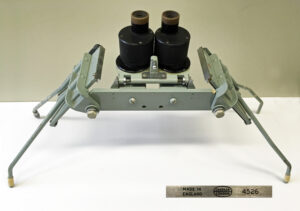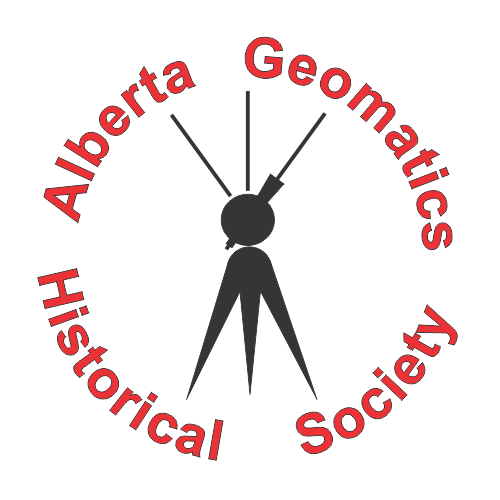
25. Have You Ever Looked Through a View-Master? – Stereoscopes
By Gordon Olsson
Have you ever looked through a View-Master to view scenes in 3-D? Images of the same scene taken from positions offset from each other are transmitted to the brain which merges the two images into one bringing the viewer into a realistic 3-D portrayal of the scene. Stereovision, or as it sometimes called binocular vision, does require good vision in both eyes. With the advent of aerial photography land surveyors, foresters and others could view three-dimensional topography applying the same concept. All that was required was a simple stereoscope and a pair of aerial photographs each taken from difference positions. Pocket stereoscopes could easily be carried into the field. The 3-D view was useful for reconnaissance for areas in which one had to travel through or work in.
Combining two images from different locations to produce a three-dimensional image is not reserved to the brain. It can also be applied graphically and mathematically. While the concept goes back centuries, a practical application for surveying and mapping was the plane table where the same feature, viewed from two locations, is plotted where the lines to the feature intersect. Another application, at the end of the 20th Century, was photo-topographical mapping, which was introduced in Canada by Edouard Deville, Surveyor General of Canada and was successfully applied in the Canadian Rocky Mountains by notable surveyors James J. McArthur, William S. Drewy, Arthur O. Wheeler and Morrison P. Bridgland.
As early as the 1920s, stereoplotters produced line maps using the same concept. This method relied on an operator viewing a terrain model and tracing contour lines manually. A breakthrough in the 1970s was the Gestalt PhotoMapping System. Computer controlled, it could produce contours and orthophotos with little or no operator assistance. Maps produced from satellite imagery use the same concept.

This pocket stereoscope was made by the Abrams Instrument Corp, Lansing Michigan, USA. It was used by Can-Am Surveys. Because of its compactness, it could easily be taken to the field.
Donated by Les Frederick, ALS (Ret.)
ALSA 2009.06.01

Desktop Stereoscope.
Donated by Steve Cherwonick, ALS#238
ALSA 2010.06.09

Desktop Stereoscope, made by Casella, London, England s/n 4526
The Casella company has roots in London going back to the early 19th century,
Donated by John Byrne, ALS, IBI Group
ALSA 2019.01.01
Sources of Information:
- National Archives, United Kingdom: C.F. Casella & Co Ltd. Records.
Author: Gordon Olsson, ALS (Hon. Life)
April 1, 2022
Copyright 2024 © Alberta Geomatics Historical Society
